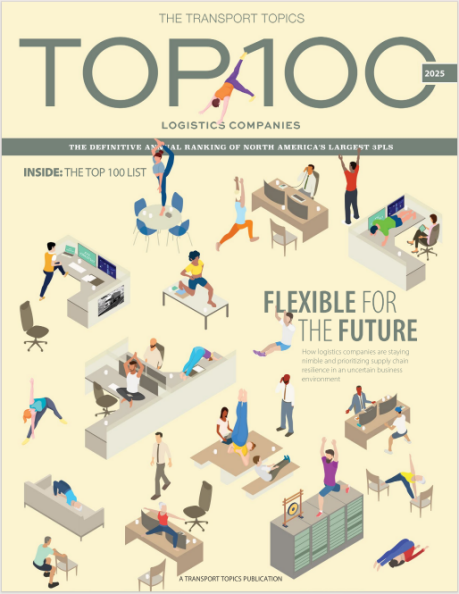In early 2025, frequent adjustments to U.S. tariff policies have triggered significant disruptions in the global e-commerce logistics sector. The recent decision to revoke the $800 duty-free exemption for packages from Chinese cross-border e-commerce not only created short-term shocks for e-commerce platforms but also had a profound impact on the global air freight market.
Last week, the U.S. announced the cancellation of the $800 duty-free exemption for packages from Chinese e-commerce businesses, forcing e-commerce platforms that heavily rely on the fully managed air freight direct shipment model to take emergency measures, reducing or halting shipments to the U.S. However, within just three days, the U.S. reversed the decision, temporarily suspending the cancellation and reopening the T86 customs clearance mode, thereby alleviating the brief “freeze” of air freight services between China and the U.S.
This policy fluctuation exposed the risks of relying on a single logistics model for Chinese cross-border e-commerce. While the fully managed air freight direct shipment model is efficient, it is particularly vulnerable to policy changes. In the future, e-commerce platforms need to explore more diversified logistics solutions to mitigate potential policy risks.
Before the policy change, China’s cross-border e-commerce packages shipped by air to the U.S. averaged 3 to 5 million parcels per day, equating to an estimated 5,000 tons of air freight volume daily, or the capacity of 50 wide-body freighters. Assuming each long-range wide-body freighter operates three weekly flights, the China-U.S. route would require about 100 wide-body freighter flights per week.
The U.S. market accounts for approximately 40% of China's total cross-border e-commerce exports. If the U.S. again cancels the $800 duty-free policy in the future, it will lead to a temporary oversupply of air freight capacity in the international market. These excess capacities may be diverted to other routes, such as Europe, the Middle East, and South America, driving down global air freight rates.
In the past three years, Chinese e-commerce platforms using the fully managed model for international expansion have generated massive shipping demands, leading to extreme tightness in global air freight capacity and persistently high freight rates. The model, where a single e-commerce platform locks in capacity and controls freight prices, has resulted in an oligopolistic air freight market, with export brands and general trade goods bearing the high costs of air freight.
This policy turmoil has, to some extent, pushed air freight rates back to more rational levels. The model of a single platform's large clients driving capacity and production expansion is unsustainable and carries significant risks. In the future, the air freight market needs a more diversified source structure and customer base to promote healthy industry development.
This latest U.S. tariff policy crisis serves as a wake-up call for Chinese cross-border e-commerce and offers an opportunity for reflection in the global air freight market. E-commerce platforms must explore more flexible logistics models to reduce their dependency on single channels. Meanwhile, the air freight market should push for diversification in cargo sources and customer groups to avoid over-reliance on a single industry or client, thus enhancing risk resilience.
Additionally, the uncertainty surrounding policies serves as a reminder for industry participants to closely monitor changes in the international trade environment and proactively develop strategies. Only through diversified planning and sustainable development can the industry stay competitive in the evolving global economic landscape.
The fluctuations in U.S. tariff policies once again highlight the uncertainty of the global economic and trade environment. For Chinese cross-border e-commerce and the air freight market, this event presents both challenges and opportunities. By optimizing logistics models and promoting market diversification, the industry can find new growth points and achieve sustainable development in the future.
END
The WeChat public account: Cross-border E-commerce Logistics Baixiaosheng












 0
0






